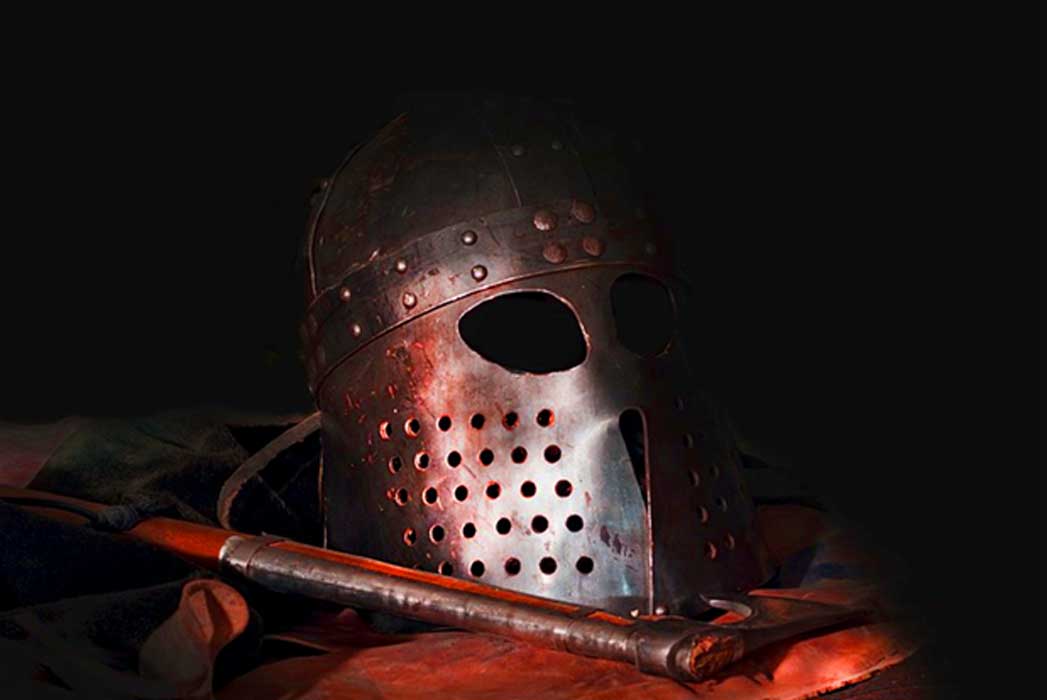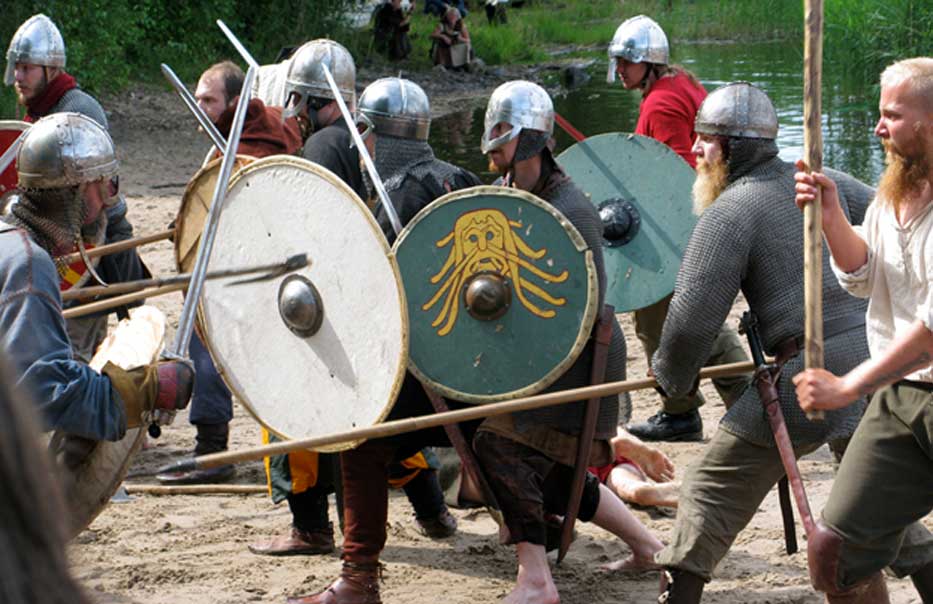
Burning, Pillaging, and Carving up the Lands: Viking Raids into England - Part II
Vikings in history and popular culture are known as strong and dangerous, bloodthirsty killers, raiders, pillagers – pirates of land and sea. But who were the Vikings, and what were the causes of their raids across Northern Europe during the Viking Age?
Viking Raids of England
In 835, Danish Vikings began their raids along the English coasts. As the years went on, the raids grew in size.
In 838, a large body of Vikings landed in Cornwall, and was joined by Cornish rebels, but they were soon defeated by King Egbert of Wessex at Hingston Down, by the river Tamar.

A miniature of King Egbert of Wessex (Public Domain)
The Vikings continued their raids on England in both 841 and 844. However, in 851 the Vikings came in even larger numbers. Three hundred and fifty Viking ships anchored in the Thames—and when they stepped ashore, they burnt Canterbury and London.

Viking reenactors (Henri Bergius/CC BY-SA 2.0)
King Beorhtwulf of Mercia tried to beat back the Vikings but was defeated and fled the field of battle. The Viking victory over Beorthtwulf allowed King Aethelwulf of Wessex enough time to assemble his forces. Once the Vikings re-crossed the Thames, Arthelwulf “fought against them at Acleah, and there made the greatest slaughter of heathen host.” While a great victory was had, and the raids ended temporarily, it was just the beginning of more to come.




